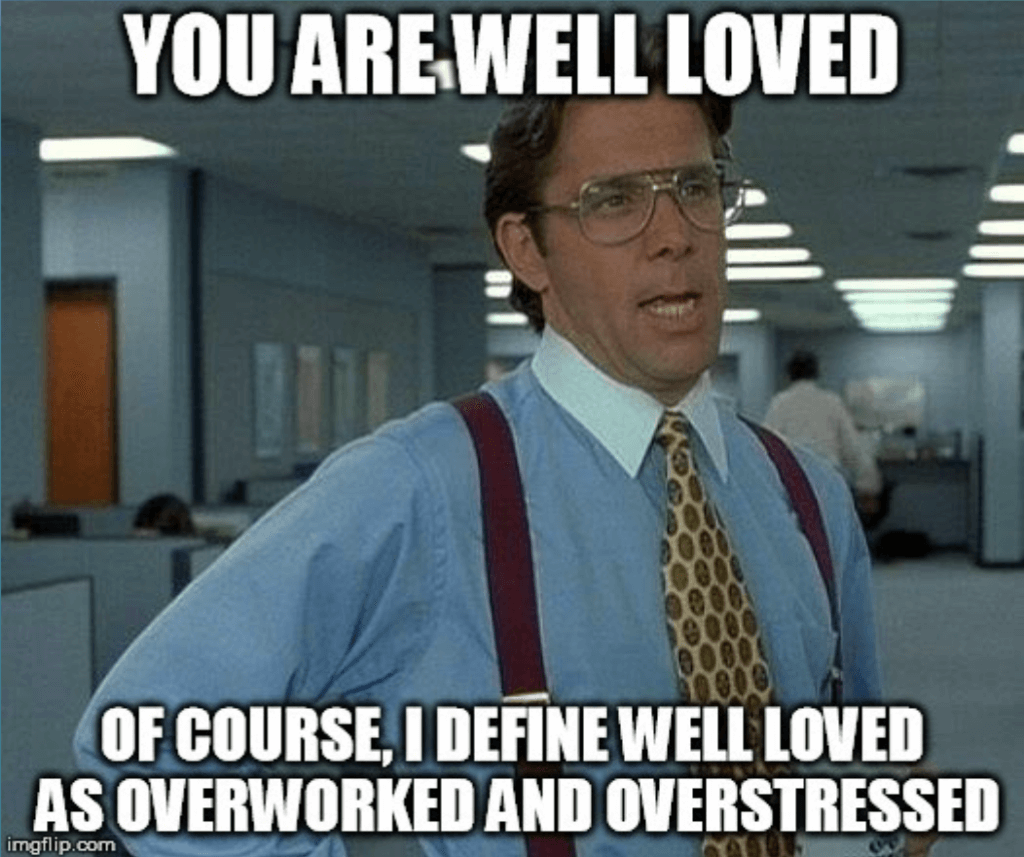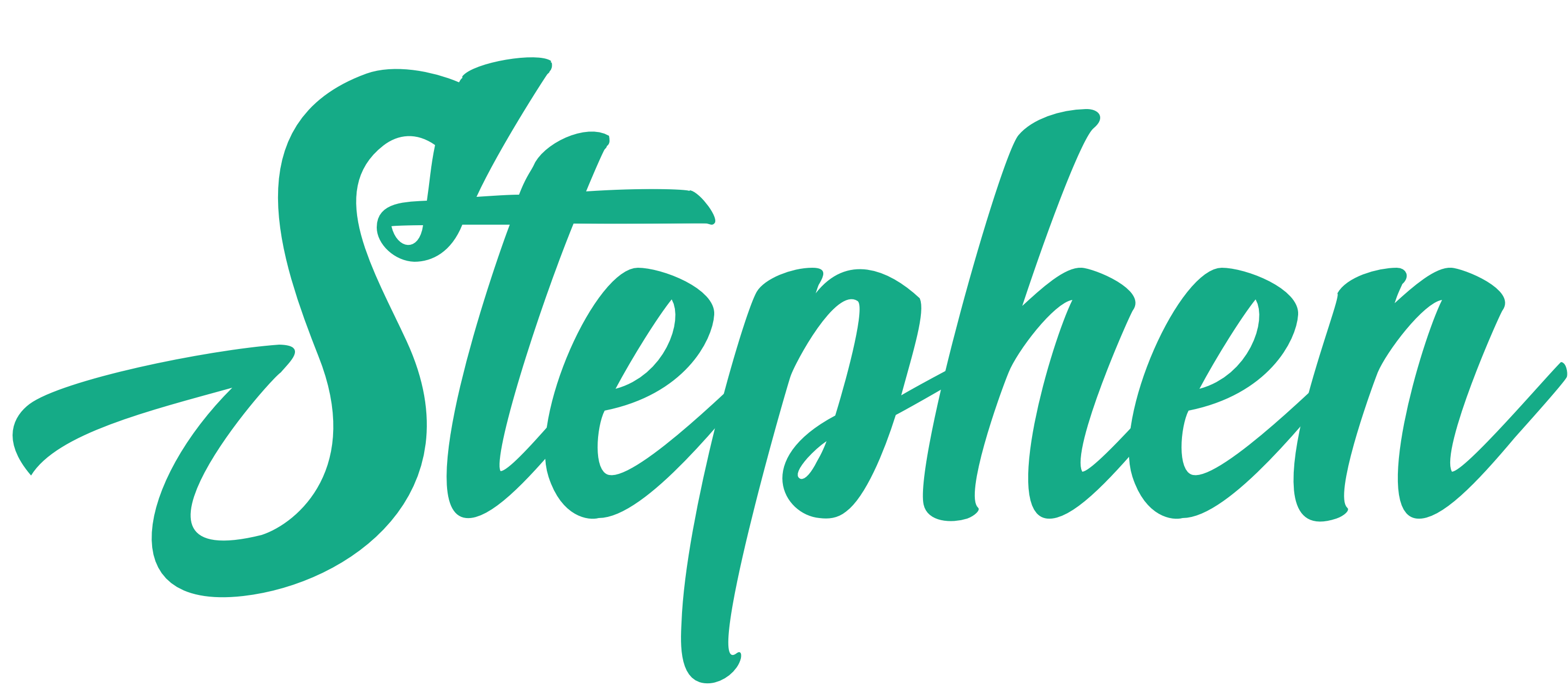I’ve been having a lot of conversations about the idea of responsive fundraising.
In a nutshell, responsive fundraising puts the donor at the center of fundraising and grows giving through personalized donor journeys that respond to the needs of each individual.
It’s part tactics and part philosophy. I think it’s a brilliant and pragmatic approach to putting humanity and relationship at the heart of fundraising.
But it’s hard to change
There’s something distinctly energizing about new ideas.
When you see new technology. Learn about new strategies. Hear stories about people who turned things around. It can be electric!
But on the flip side—because there’s always a flip side—there’s an equal part of change that is intimidating.
Let’s make it personal.
Think about any goal you want to introduce to your personal life. Maybe you want to get in shape. Save money. Learn to play the piano.
Goals like this are inherently challenging, because change is inherently difficult.
The inertia of everything in your life
I like to call it The inertia of everything in your life. And that inertia fights against all your good intentions.
It’s the reason that gym memberships are kept for years without being used. Why the piano is gathering dust in your living room. And why nonprofits are still using fundraising strategies that no longer connect with the modern donor.
The busyness of our day-to-day just makes it easier to keep the status quo and not introduce change.
So, what does this have to do with Responsive Fundraising?
Well, let me introduce you to some words of wisdom from the great Tom Northup.
“All organizations are perfectly designed to get the results they are now getting. If we want different results, we must change the way we do things.” – Tom Northup
Think about that.
The results your organization is getting today are the perfect outcome of the work you are currently doing.
What we want vs what we do
We may want to know our donors well.
We may want them to be engaged.
To give a second, third, or monthly gift.
But… do they?
And if not… why not?
What’s keeping us from taking the next step toward our goal?

I submit that it might just have something to do with the inertia of everything in our lives.
If you’re reading this… you likely work in, for, with, or around nonprofits. And so you already know that people in this space always wear too many hats. Have more tasks than time. And it’s a struggle to just survive.
I’ve worked with organizations that have entire teams who print out all of their donation receipts and store orders—just so they can hand-key them into their CRM systems.
I’ve known people who spend half their week, every week, trying to get the numbers between their payment processor, their CRM, and their accounting software to add up.
Those types of tasks are mission-critical. They have to get done.
If they’re not done, there will be real problems—with real consequences.
But remember this: the inertia of everything in our lives is great at creating tasks—but terrible at creating solutions.
Emptying the bucket vs fixing the problem
A personal story to help make the point…
A few months back my garbage disposal got a leak. So under my sink—I placed a bucket that collected all the water as it dripped.
Every night, I would empty the bucket.
Because if i don’t empty the bucket, it will start to stink. It will get full and overflow.
And now we’d have a whole new problem!
Now… I could do this bucket changing charade for the rest of my life. I could pass this bucket changing tradition as a legacy to my children!
But by now, I hope most of you are starting to ask… why don’t you just fix it?
The real question we need to answer
So, here’s the real question…
How can we be a responsive nonprofit if our day is full of tasks and processes that have little to do with being attentive to our donors and our mission?
And the answer is… drumroll, please…
You can’t! It’s just not possible.
If we want different results, we must change the way we do things.
Being responsive in our own lives
As you learn more about it, the idea of becoming a responsive nonprofit might start to feel like a big swing. Too big a shift. And simply overwhelming.
So let’s tap the breaks and just think about the next step.
What does it mean to be responsive in other areas of my life?
When I give my attention to someone…
- I listen.
- I ask questions.
- I’m present.
The opposite of that?
- I’m silent.
- I’m distracted.
- I’m distant.

And there’ the keyword: distance.
That distance is the problem.
Distance creates disconnection.
And connection is what makes for fundraising that is personal and donor-centric …and responsive.
So what’s the first step?
Now chances are that your journey toward a personalized donor experience will involve some type of investment in technology or training.
But I want to share a word of warning.
The first step towards change and success is not technology.
It may sound simple—perhaps even basic—but…
The first step is getting clarity around your priorities.
Without clarity on priorities ….
You have no agreed-upon basis upon which to say yes or no to any given opportunity or decision.
All you have is your gut. A hope. Or a CEO who just makes decisions unilaterally.
But if you get clarity and agreement on your priorities—they serve as a compass for your team. They always point the way home.
For example…
- What technology best suits our priorities?
- What messages best reflect our priorities?
- What type of people best represent our priorities?
We’ve got to understand that our priorities impact our donors both directly and indirectly.
The donor vs the dollar
And one of the biggest battles we wage—whether we realize it or not—is this:
Will my priority be the donor? Or will it be the dollar?

Saying something is the priority means it is the most important thing—not that it’s the only important thing.
Certainly, in fundraising, both the donor and the dollar are the lifeblood of every nonprofit.
But when we decide that the donor is our top priority, it is reflected in every decision we make.
Now you might be thinking, “Well, I don’t think we’ve ever specifically prioritized one over the other.”
But the truth is that the decision has probably already been made for you.
It was just made by the inertia of everything in our lives.
This priority is reflected in…
- The subject lines of your emails.
- The stories you share (or don’t share) with your donors.
- The way your receipts are formatted.
- The way you follow up with donors.
- The people that you hire.
- The way your call center answers the phone.
In the world of online fundraising, your priorities impact not just the tools you choose—but, just as importantly—how you use them.
Story time
To bring this point home, I want to share a story—both as an encouragement and hopefully so it can serve as a blueprint for how to start thinking on this.
A few years ago, we were approached by an organization that was out of control with manual processes.
They needed some serious help. They were one of these organizations that were hand-keying every gift and every order into their CRM.
In fact, they did the math, and they had 40 hours a week of manual processes!
So we helped.
We literally helped them automate these problems out of existence.
It was awesome!
But…
It didn’t just happen because someone on the team decided it was time to upgrade their infrastructure.
It happened because, as an organization, they decided that the best use of their people and their time was in something other than unreliable, manual, life-sucking processes.
That something was their donors.
So if the story ended there, that’d be pretty cool! But actually, that’s not really the point of the story.
The point is that they shifted their priorities—
and thus, they shifted how they worked —
and thus they started to see different results.
Now that they had an additional 40 hours a week available to them, they could focus on their true priority.
The same people who had been typing orders into their CRM system were now given a new task.
Reach out to donors who hadn’t given a gift in two years. Not to ask for a new gift, but …
- to thank them for their generosity,
- to let them know how their gifts had been used,
- to let them know they’re important
That’s how you shorten the distance! And not just between you and your donors. But between donors and the impact their gifts are making.
And so it went from there.
They reached out to donors who hadn’t given in a year and a half, a year, 9 months, 6 months… you get the idea.
And even though they didn’t solicit for gifts, this effort yielded thousands of re-engaged donors, tens of thousands in new revenue, and of course—and you can’t underestimate the value of what I’m about to say—a much more satisfied and fulfilled team.
And although this change did require new technology. The first step was not demo-ing new software. It started by committing to the priority.
Starting with the donor as your priority
When you start with the donor as your priority, it will reflect in every decision you make.
So when you evaluate your CRM, giving platform, marketing automation, accounting tools…
Start with the donor in mind.
Ask yourself, “How will this decision reflect our priorities?”
Because if you want different results, it’s going to require change.
It’s going to require action.
And you know what? It’s going to require courage.
That inertia of everything in your life is going to try and stop you at every step.
There’s a lot in our day-to-day lives that just makes it easier to push off introducing change.
To push off having a challenging conversation.
To risk being vulnerable.
But if our stated priorities are meaningful. If they are true.
And if we agree, our donors are the priority.
Then it’s not just about us. And really, it’s not even just about the donor.
It’s about doing the most good, for the most people, with the time we’ve got.
So don’t just give that time away perpetuating problems that should be solved—emptying buckets of water from under your kitchen sink.
Start taking those steps. Embrace your priority.
And spend your time on what matters the most.





